On March 17, 1934, Howard University students protested at the U.S. Capitol against Jim Crow at the House and Senate public restaurants.
The demonstration occurred after the barring of Morris Lewis, an aide to the only black U.S. representative Oscar DePriest, from the Public House restaurant in January and the subsequent forcible removal of Mabel Byrd, a civil rights activist, from the Senate restaurant in February of 1934. DePriest was seeking a resolution in the House that barred discrimination.
The Howard University students formed an action plan after a number of small interracial groups organized by the Women’s International League for Peace and Freedom began taking seats in the restaurants and demanding to be served after the Lewis and Byrd incidents. This campaign marked the first ongoing, organized sit-ins in the city.
Afro American reporter Frederick Weaver was invited by waiter Harold Covington into the restaurant where Weaver was served a bowl of soup. Both were also Howard University students. Covington was fired for serving Weaver and word got back to the Howard University about what had happed.
The following day a group of 30 students dressed in suits gathered together to be served at the House restaurant, but they all were barred by the police. The Senate learning about the demonstration ahead of time, closed the restaurant before the students arrived.
The students didn’t give up, they gathered for a second attempt to enter the House restaurant which resulted in a scuffle between Covington and a doorman. Covington was arrested and taken to the police station. When the students went to the police station, four of their leaders were arrested for blocking the sidewalk. The precinct captain quickly dismissed the charges against the four and expunged their records. Newspapers ran sensational headlines about the demonstration and DePriest distanced himself from the ongoing protests
The charges against Covington were ultimately dropped with the prosecutor determining that Covington had not struck the doorman first. While the students’ versions of events were vindicated, the protests were effectively ended at that point. DePriest was defeated in the election and again in the next election. Restaurants continued to remain segregated until the 1950s. However, Howard students conducted sit-ins throughout 1942 and 1943.
sources:









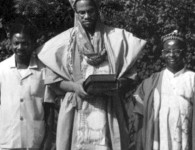

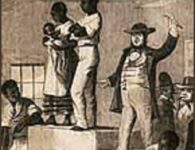

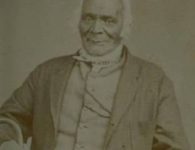

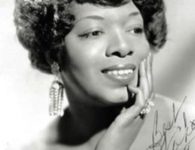



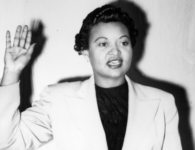

1 Comment
In my estimation, blackthen.com does a excellent job of covering issues of this kind! Even if ofttimes deliberately contentious, the material posted is in the main well researched and challenging.